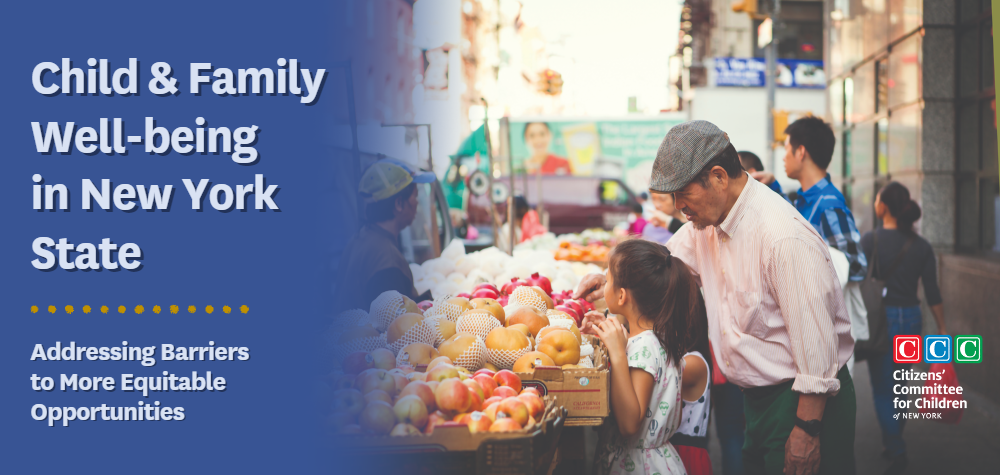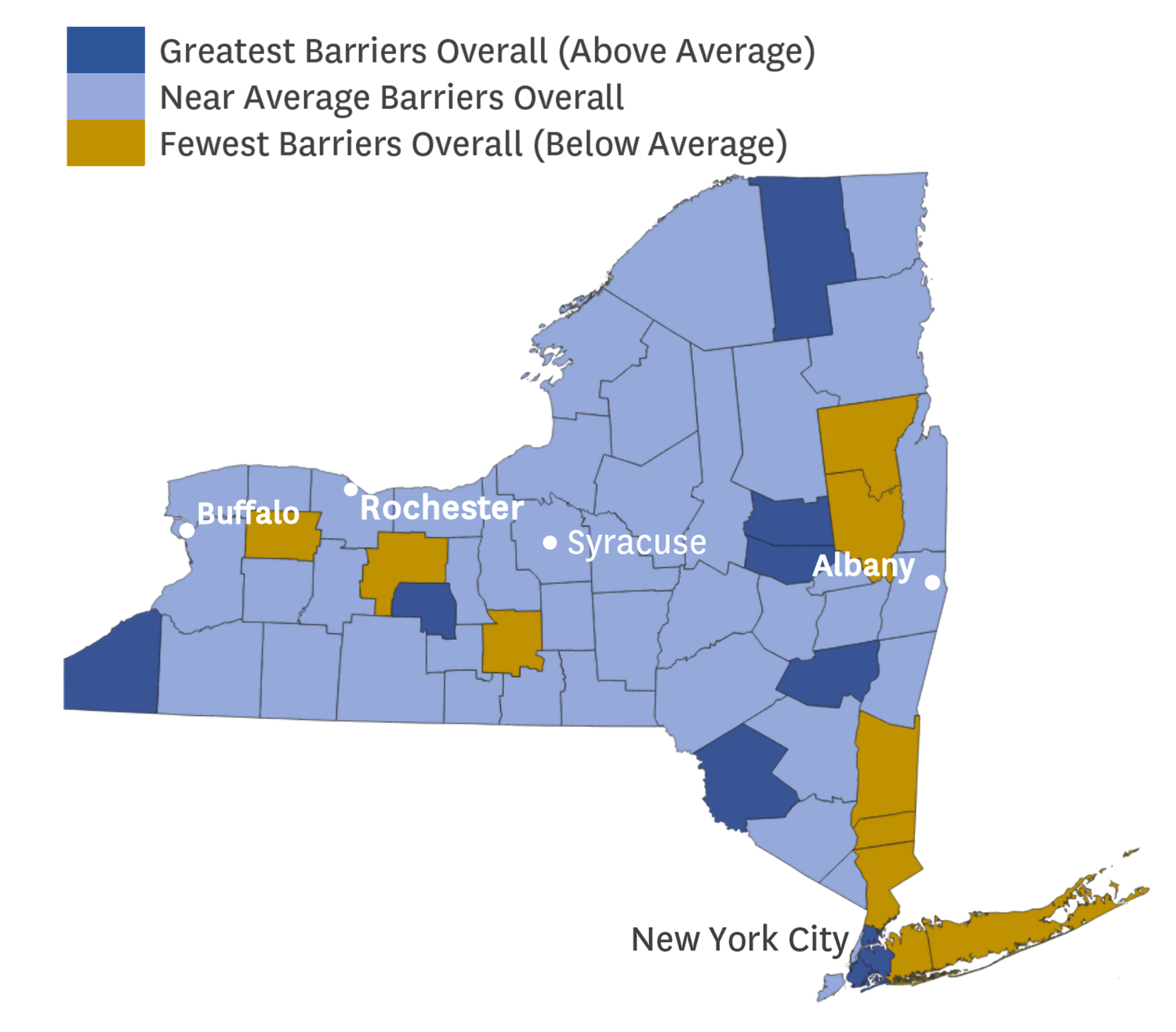January 17, 2023
We wanted to share some important information (below and linked) from Citizens’ Committee for Children of NY (CCC) that focuses on child and family well-being in New York State, and which underscores the urgent need for state leaders to go further to address the compounding consequences of the pandemic and profound disparities experienced by children and families across our state.
It is our understanding that Governor Hochul will release her executive budget proposal on January 31. Until then, and then after the analysis of what’s in the budget occurs, the NYS Council will continue our own advocacy and also work with our partners from the HealthyMinds, HealthKids Campaign (hosted by CCC) to remove barriers of all types, and improve overall well-being of children and families across the state.
|
In her first State of the State Address, Gov. Kathy Hochul laid out an ambitious vision and prioritized key investments that will address the multitude of challenges facing New York’s children and families, including by expanding mental health services for school-aged children, ramping up affordable housing production, indexing the minimum wage to inflation, and improving access to child care. Today we are releasing a new report, the Child & Family Well-being in New York State (CFWB) index, which underscores the urgent need for state leaders to go further to address the compounding consequences of the pandemic and profound disparities experienced by children and families. Our comprehensive report examines county-level data on economic security, housing stability, health care, education, youth, and families and communities. It importantly draws attention to the status of children and families in all 62 counties in New York, illustrating both where barriers to well-being are concentrated and long-standing inequities that persist across the state. Download the report & data on our website With county-level data across these six domains of well-being, the report ranks each county’s overall risk to child and family well-being. The analysis leverages data from the first year of the pandemic onwards, demonstrating how children and families’ lives have been impacted by the COVID-19 pandemic. The report also offers a timely, data-driven roadmap to improve child and family well-being. See below for some key findings. Overall Key Findings Include: Economic Security: In 22 counties, more than 20% of children live in households below the poverty level. In just 10 counties it is less than 10%. Housing: In 49 counties, more than 20% of renter households spend at least half of income on rent. There are no counties where it is less than 10%. Health: In 34 counties, more than four babies per 1,000 live births die before their first birthday. In just four counties, it is zero or very close to zero. Education: Less than 50% of 3-and 4-year old’s are enrolled in early education programs in 29 counties. In just 7 counties, it is more than 60%. Youth: In 25 counties, more than 10% of youth ages 20 to 24 are jobless yet actively seeking work. In just 4 counties it is less than 5%. Community: In 36 counties, more than 13% of households have no broadband. In only 7 counties, it is less than 10%. Key County Findings Include: In New York City, the child poverty rate is 37% in Bronx County, which is almost double the state rate. On Long Island, 31% of Suffolk County renter households spend more than half their income on rent alone, which is five percentage points higher than the statewide average share of renters facing housing insecurity. In Yates, Seneca and St. Lawrence counties, the percentage of children without health insurance is at least five times higher than the statewide average of 2.5%. These counties also have some of the highest infant mortality rates. In Tioga, Putnam, and Schoharie counties, the population relying on one large food location is nearly double the statewide average of about 6,800 people per large food location. In the Capital Region, 21% of teens in Greene County – which has one of the smallest populations in the state – are not in school and not working. It is the highest percentage in the state. Overall Barriers to Well-being The Overall Index (mapped) combines outcomes across all six domains of well-being and provides a composite picture of conditions for all 62 counties relative to one another. Read the report for a county-by-county breakdown.
Download the report & data on our website CCC is an independent, nonpartisan child advocacy organization that leverages data on the well-being of children and families to inform budgetary, legislative and programmatic decisions made at the federal, state, and local level. By measuring indicators across six domains of well-being (economic security, housing, health, education, youth, and family and community) on an annual basis, CCC’s Child and Family Well-being Index is designed to illustrate where risk factors cluster and draw attention to community districts across the city where barriers to child and family well-being must be addressed. Every Child Healthy, Housed, Educated, and Safe Follow Us Having trouble viewing this email? |



